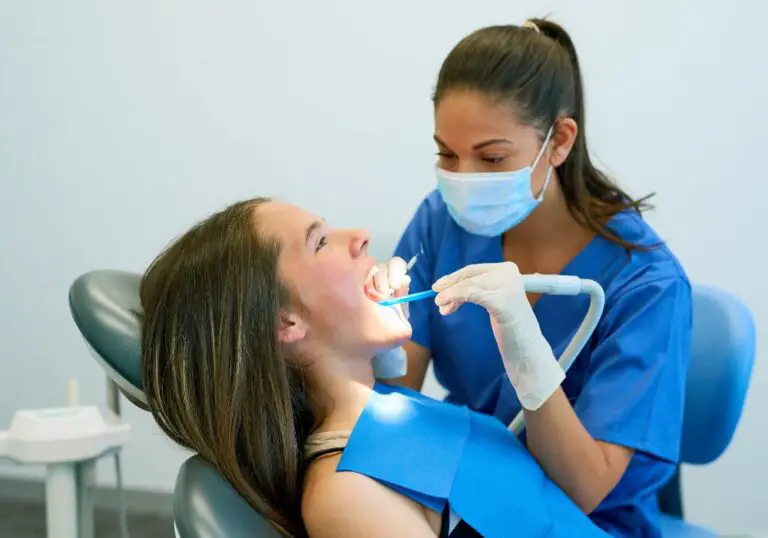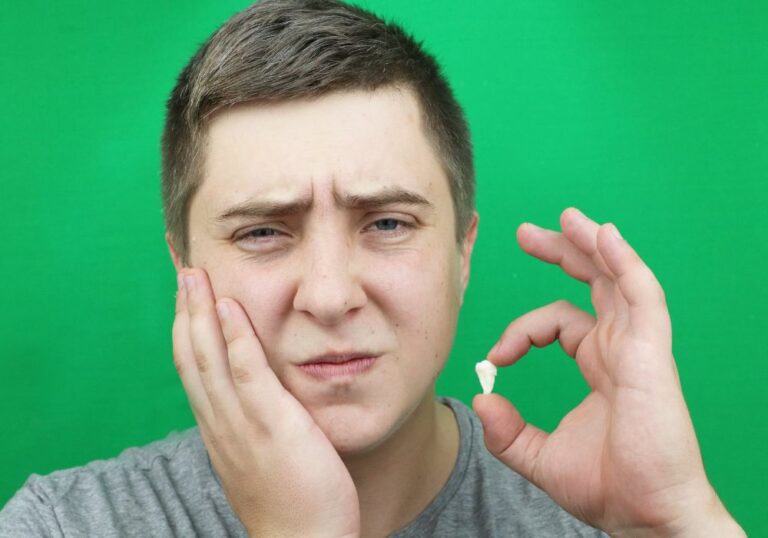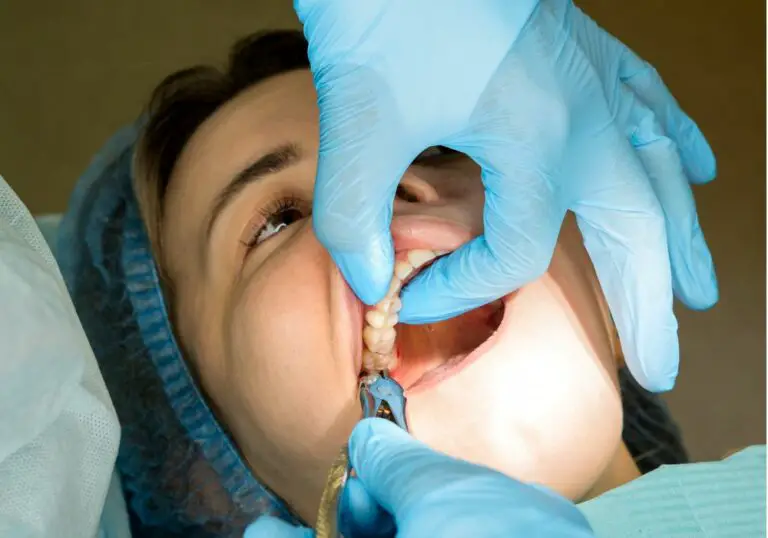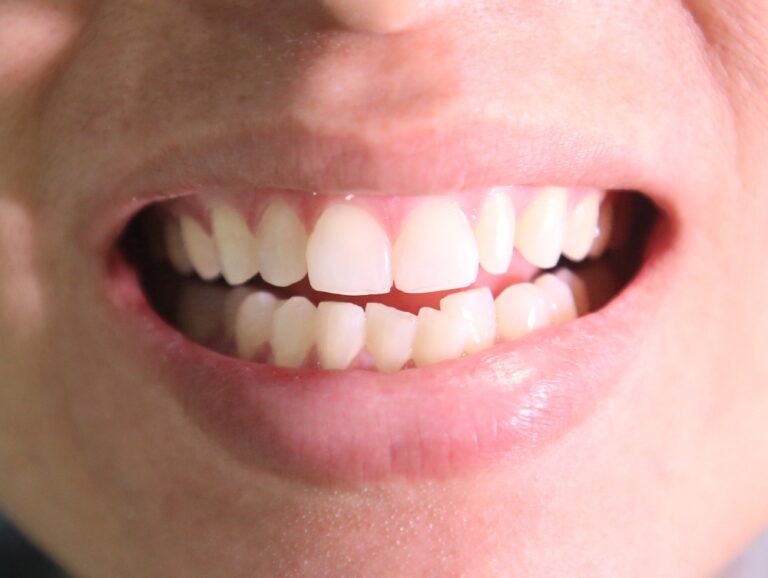Many people are curious as to why they have sharper than normal teeth that resemble those of fictional vampires. There are several potential reasons why someone may develop particularly pointed canines or incisors. Exploring the causes and implications of sharp teeth can help provide insight into dental anatomy and address concerns.
Understanding sharp teeth and vampires
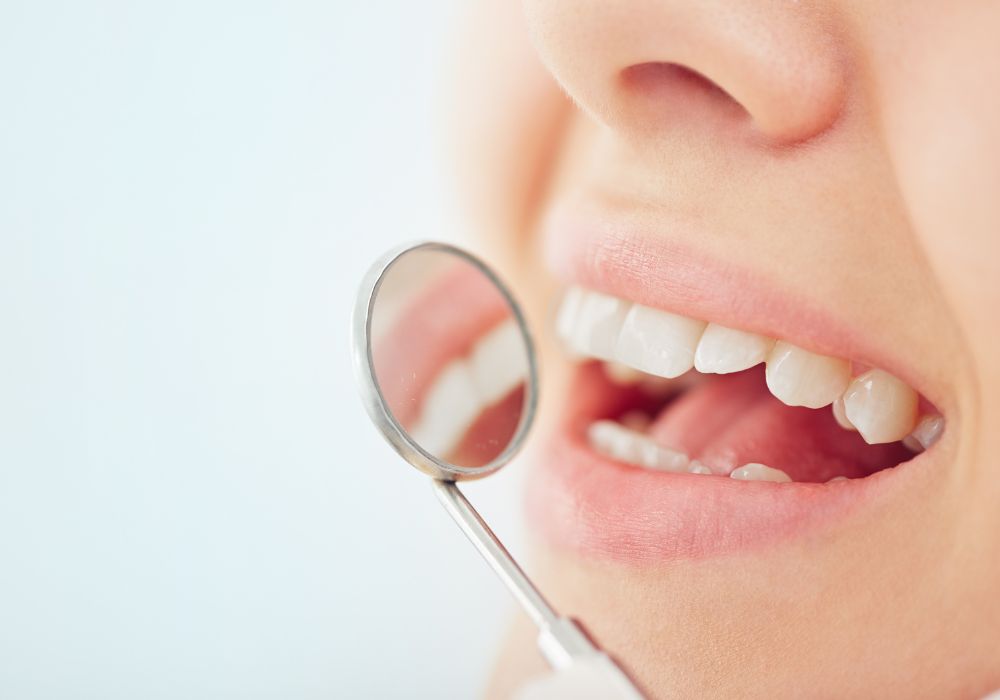
What are vampire teeth?
Vampire teeth refer colloquially to unusually sharp upper canine teeth. These protrude below the line of the other teeth and come to a distinct point. Fictional depictions of vampires often exaggerate these fangs into long hooked extensions, but some people do naturally develop pronounced upper canines similar to vampire myths.
Specifically, vampire teeth are characterized by upper canines that are longer, pointier, and more protrusive than average. They jut down noticeably from the line of the other upper front teeth and may be visible below the lower lip line when the mouth is closed. Their elongated shape gives them a fang-like appearance akin to vampires in popular media.
Are fangs the same as vampire teeth?
Fangs and vampire teeth refer to the same phenomenon of prominent pointed upper canines. Fangs technically apply to any unusually long pointed teeth rather than just the canines. This includes elongated incisors or premolars.
However, when used in the colloquial context of “vampire fangs,” it primarily refers to upper canine teeth that are sharper and more protrusive than normal. So while all vampire teeth could be categorized as a type of fang, only certain prominent canine fangs evoke the vampire image.
What makes teeth pointy?
There are a few possible reasons teeth may develop into pointy fangs or vampire teeth:
- Genetics – Some inherit naturally pointy teeth from their parents. This may be due to inherited jawbone structure and tooth bud shapes that predispose for sharper canines. Certain ethnic backgrounds tend to exhibit more protrusive canines as well.
- Developmental factors – Environmental issues in the womb or early childhood could potentially affect tooth formation resulting in sharper teeth. Things like childhood malnutrition, calcium deficiency, or placental problems during pregnancy may contribute to elongated canines.
- Tooth wear – If the biting surfaces of canine teeth wear down less quickly than the neighboring incisors and premolars over time, the canines can become prominent and pointed in appearance. Aggressive tooth grinding habits or uneven dental attrition can lead to this tooth wear imbalance.
- Orthodontics – Teeth can sometimes be intentionally shaped into more vampire fang-like configurations by orthodontists during braces or cosmetic treatments. But this is an elective procedure rather than a natural occurrence.
Dealing with sharp fang-like teeth
Pointy vampire-esque teeth are an innocuous quirk of anatomy for most people. But in some cases prominent canines can be problematic in daily life or impact oral health. There are options to manage sharp fangs if needed:
Addressing functional issues
Some individuals find their sharp canines get in the way of normal functions like speaking clearly or chewing foods comfortably. Pronounced canines may also make the teeth more vulnerable to chipping, fractures, or decay in the gaps beside them, potentially causing ongoing dental issues.
Consulting a dentist is advisable if there are any problems like discomfort when chewing, difficulty speaking, accidental biting of the lips/cheeks, or increased dental damage. The dentist can evaluate the bite and structure of the teeth to recommend solutions.
Restorative treatments
For functional or cosmetic reasons, various restorations can help reduce excessively sharp canines:
- Dental bonding – Tooth-colored resin material is added to dull the sharp tip and make the edges smoother. This is an affordable and non-invasive solution.
- Porcelain veneers – These thin porcelain covers mask pointy teeth with a rounded, uniform appearance. Veneers are more expensive but provide durable results.
- Crowns – Crowns fully encase the visible portion of a tooth in a custom cap for complete reshaping. More expensive than bonding but longer-lasting.
- Enamel shaping – Subtly rounding off sharp edges through mechanical tooth trimming or laser contouring. Very conservative approach.
- Orthodontics – Braces or Invisalign can reposition and straighten protrusive canines to minimize their prominence.
Are vampire teeth bad?
Despite appearances, there is usually nothing inherently harmful about having naturally pointy vampire-like teeth. Many live full lives with protrusive canines without impediment or health risks. However, keeping the teeth clean and seeing a dentist promptly if any problems develop is advisable to maintain proper oral health and function.
What’s the evolutionary purpose of canine teeth?
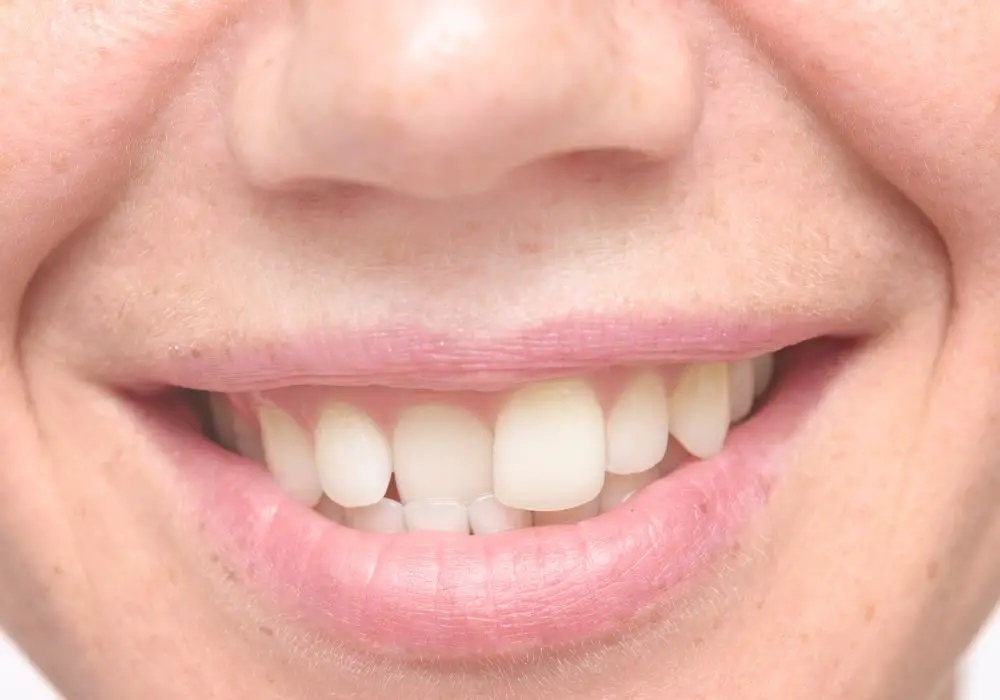
Though exaggerated vampire fangs are fictional, normal canine teeth do commonly come to a rounded point. This shape serves an important ancestral function for tearing meat and food. The purpose of canines is threefold:
- Gripping – The sharp tips allow canines to easily puncture into and grip food. Their projection and torque from the jaw bone gives them good holding capacity while biting and tearing.
- Tearing – The pointed shape enables cutting and tearing tough foods like raw meat, hides, and fibrous plant material. Their strategic location beside incisors enhances these tearing forces.
- Defense – For humans and other mammals, canines can aid self-defense against threats and competitions for resources and mates. They augment the ability to bite aggressively and inflict greater injury.
In modern times, we don’t rely on our teeth for hunting prey or fighting off foes. But the canines retain their characteristic sharp shape as a relic of our evolutionary past. Their prominence and sharpness enabled our ancestors to eat a variety of foods and survive more successfully.
Today the canines are less critical for penetration, tearing, or injury, but still serve to grasp and tear some foods. Even if exaggerated into vampire fangs, they pose no harm or disadvantage.
Vampire teeth facts and fiction
Vampire fangs occupy an exaggerated place in horror fiction and mythology. But some real clinical vampire conditions do exist and relate to desire for blood. Understanding the distinction between reality and fantasy is important.
Vampire teeth in folklore
Myths of vampires and their fangs date back at least as far as Ancient Rome. But the story conventions around using pointed teeth to drink blood developed much later:
- 1700s – Vampires appear in European folklore as reanimated corpses feeding on the living, but with no fangs mentioned. Teeth are not specified.
- 1800s – Vampire fiction flourishes in poems and stories like John Polidori’s 1819 The Vampyre. Fangs start to become established as a vampire trait for acquiring blood.
- Late 1800s – Bram Stoker’s 1897 gothic novel Dracula popularizes and solidifies vampires as having prominent upper canine fangs used to pierce and drink blood.
- Modern era – Visual media like films, graphic novels, and television further embellish the image of vampires with long pointed teeth used for biting necks. This cements fangs as a definitive vampire feature.
Real medical blood-drinking urges
While true vampirism is fantasy, some psychological conditions can cause people to crave consuming blood:
- Renfield’s syndrome – An obsession with drinking blood due to a delusional belief that it provides youth and immortality. Named after a character in Dracula.
- Clinical vampirism – Compulsive blood drinking without an underlying psychosis. Possibly related to issues like iron deficiency, porphyria, or personality disorders.
- Autovampirism – Deriving sexual arousal from obtaining and ingesting one’s own blood. Generally harmless but can increase infection risks.
These conditions are manageable with psychological treatment, medications, iron supplements, or behavioral modifications to satisfy urges through safer methods.
Dangers of vampire lifestyles
A niche subculture enamored with vampires has arisen in recent decades. Attempting to adopt supposed vampire traits like blood-drinking or fang implants can cause harm:
- Blood-borne illnesses – Diseases like HIV, hepatitis, and sepsis pose risks if ingesting blood from others.
- Toxicity – Consuming more than small amounts of blood can cause vomiting, diarrhea, and overload the body with proteins.
- Self-injury – Cutting oneself to extract blood can result in permanent scarring, hit vital blood vessels, or get infected.
- Dental damage – Trying to shape teeth into fangs risks chipping enamel, exposing nerves, tooth decay, and gum infections.
While vampire lore holds fascination and fantasy appeal, it’s medically hazardous to emulate vampiric behavior involving blood consumption or tooth modification. Psychological help is preferable if obsessive thoughts around being a real vampire persist.
Frequently asked questions about vampire teeth
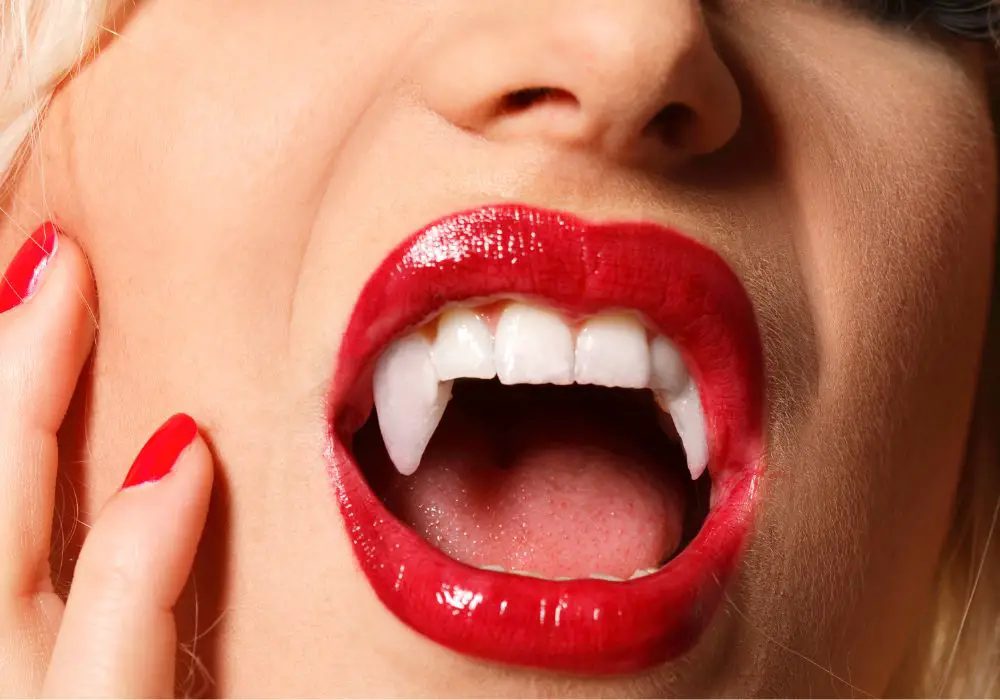
Here are answers to some common questions people have about sharp canine teeth:
Are my teeth normal if they look pointier like fangs?
Having sharper or longer than average canine teeth is normal human variation. About 1-2% of the population has more protrusive upper canines without any medical issues. As long as the teeth are healthy, pronounced canines are just a quirk of development.
Can I get my canines shaped into more fang-like teeth?
It’s possible to undergo dental procedures like bonding to intentionally increase canine sharpness for aesthetic purposes. But most dentists advise against modifying healthy teeth solely to create cosmetic fangs due to risks of damaging nerves or alignment.
Do sharper front teeth make it hard to eat or speak normally?
Protrusive canines usually don’t interfere with ordinary function. But in some cases they may make biting into foods difficult, allow more food trapping, or increase accidental lip/cheek biting. Reshaping canines or orthodontics may help if needed to improve comfort and function.
Will my child lose their sharper baby teeth?
Primary (baby) teeth with sharp fangs are typically replaced by permanent teeth around ages 6-12. The adult canines often have similar or less exaggerated sharpness. However, genetics and childhood dental development can cause variation between the two.
Can I just extract overly pointy canines if I don’t like them?
Extracting protrusive canines is possible but can have consequences like tooth gaps, speech changes, and bite alignment problems. Less invasive reshaping of the existing teeth is usually better to avoid extraction impacts, if desired for appearance.
Conclusion
In summary, some individuals naturally develop sharper vampire-like canine teeth as a normal variant. While visually striking, this typically does not cause medical or dental issues. However, concerns related to function, psychology, or aesthetics can be addressed through dental treatments or counseling. With proper care, even distinctive fangs can look great and serve their owner well.


